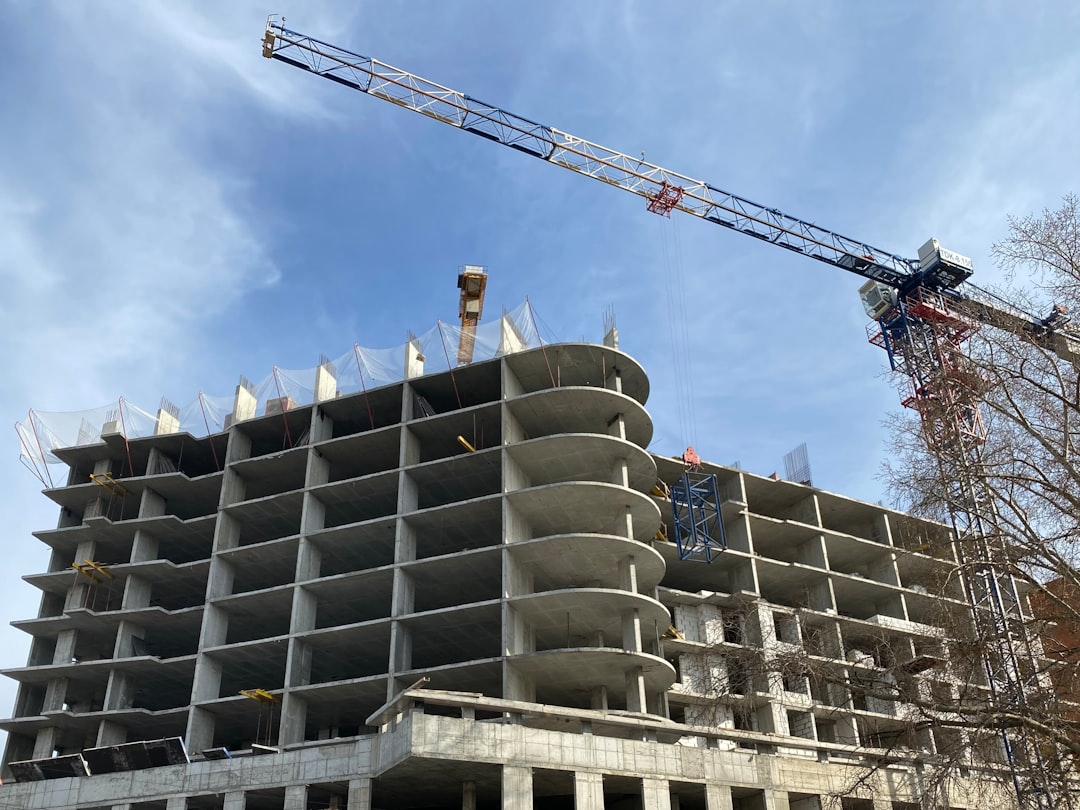
In 2025, the cost of concrete block construction in Denver ranges from $650 to $1200 per opening, depending on block type and labor availability. Understanding these costs is crucial for trade professionals aiming to deliver on-budget projects.
From the Highlands to Cherry Creek, concrete block projects are booming. Professionals appreciate the material’s strength, energy efficiency, and fire resistance—essential qualities in Colorado’s freeze–thaw climate. Our AI-driven estimating and real-time pricing ensure projects stay on track.
Denver’s weather shifts fast, with winter nights dipping below zero and summer afternoons topping 100 °F. Proper block selection and mortar specs are crucial. Our estimates factor in local ASTM C90 requirements and regional cost data for durability and budget alignment.
Block Type: Standard 8 x 8 x 16 units set the baseline, but premium options add architectural flair. Our catalogs show the cost differences.
Reinforcing Steel: Seismic category B rules apply. Our estimates calculate bar spacing and grout fill automatically.
Labor Availability: Peak building months strain schedules. Our marketplace flags lead times for early booking.
Site Access: Urban lots often lack space. We quantify costs upfront, avoiding surprises.
Plan for Thermal Movement
Elevate Moisture Management
Speed Up Set-Up
Our data shows an average 7% material savings per project. AI evaluates wall openings and bond-beam locations that generic spreadsheets miss.
Explore more success stories at CountBricks.com.
Trade professionals trust us for speed, transparency, and accuracy. Book a free consultation and receive your cost breakdown within the hour. Visit CountBricks.com to schedule.

Concrete block alone carries an R-value of roughly R-1.1 per inch. We recommend combining structural block with interior rigid foam to meet R-20 requirements without sacrificing wall thickness.
Our assemblies record 15% lower annual heating costs. Homeowners report a 7-year ROI on material upgrades. See full energy dashboards at CountBricks.com.
Upload your PDF or CAD file, and our AI will produce a detailed estimate within minutes. Build smarter with CountBricks.